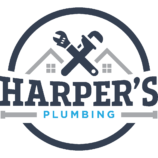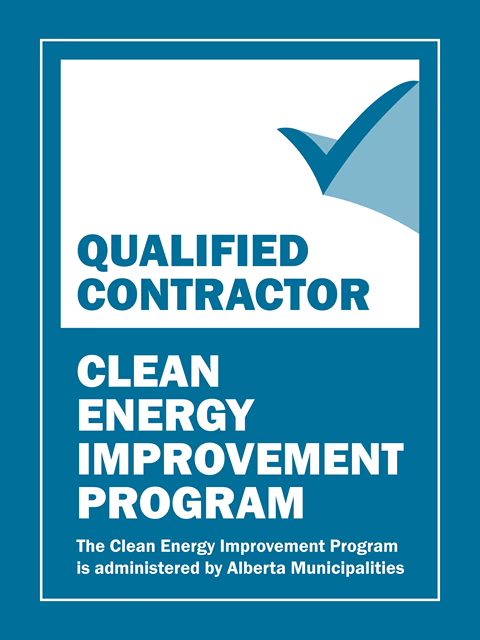Learning about how your home works with a cup of coffee can be a relaxing Sunday morning activity. Finding yourself in the midst of an overflowing hot water tank can be distressing and potentially damaging. Understanding why this happens is not only proactive but helps increase the the safety and integrity of your plumbing system. Harper’s Plumbing is here to guide you through the common reasons behind hot water tank overflows and offer solutions to keep your system running smoothly.
What Is The Overflow Pipe On A Water Heater And What Does It Do?
The overflow pipe, more accurately known as the Temperature and Pressure Relief (T&P) pipe, is a critical safety feature on a water heater. This pipe is connected to the T&P relief valve, which is designed to release water if the temperature or pressure inside the tank exceeds safe limits. The primary function of the overflow pipe is to direct this released water away from the water heater and the property’s structure, preventing potential damage and ensuring the safety of the household. This system acts as a safeguard against the possibility of the water heater tank exploding due to excessive pressure or temperature, making it an essential component of any water heater installation. Regular inspection and maintenance of the T&P valve and overflow pipe are crucial for the safe operation of your water heating system.
Common Causes of Hot Water Tank Overflow
- Faulty Temperature and Pressure Relief Valve (T&P Valve): The T&P valve is designed to release water if the temperature or pressure inside the tank gets too high, preventing the tank from exploding. If this valve is malfunctioning, it may release water unnecessarily or fail to open at critical moments, leading to an overflow.
- Excessive Pressure in the Water Tank: High water pressure can lead to constant dripping or a full-scale overflow from the pressure relief valve. This can occur if the water supply pressure to your home is too high or if thermal expansion increases pressure inside the tank.
- Sediment Build-up: Over time, sediment from hard water can accumulate at the bottom of your tank. This sediment can cause overheating or block the pressure relief valve, leading to overflows.
- Closed System Issues: In a closed plumbing system, there’s no open path for excess pressure to dissipate back into the water main. The pressure caused by thermal expansion needs to be managed, often with an expansion tank. Without this, pressure can build up and cause the T&P valve to open, resulting in an overflow.
- Faulty Thermostat: A thermostat that isn’t functioning correctly can cause the water in the tank to become too hot, increasing pressure and potentially causing the T&P valve to release water.
Preventing Hot Water Tank Overflow
-

Regular Maintenance: Annual inspections by a professional can identify and rectify issues such as sediment build-up, faulty valves, or pressure problems before they lead to an overflow.
- Install an Expansion Tank: Particularly in closed systems, an expansion tank can absorb excess pressure and prevent unnecessary stress on your hot water tank.
- Check the Water Pressure: Ensure that the water pressure entering your home is within a safe range (typically between 40-60 psi). Installing a pressure regulator can manage water pressure effectively.
- Test the T&P Valve: Regularly testing the temperature and pressure relief valve for proper operation can prevent malfunctioning that leads to overflow. This can be done by lifting the valve’s test lever and ensuring water flows freely and stops when the lever is released.
- Adjust the Thermostat: Keeping the thermostat set within the recommended range (usually around 120°F) can prevent overheating and excessive pressure build-up.
Conclusion
A hot water tank overflow can signify underlying issues with your system, ranging from excessive pressure to equipment malfunction. By understanding the causes and implementing preventive measures, homeowners can avoid the inconvenience and potential damage of overflows. Should you encounter any concerns with your hot water tank in the Calgary area, Harper’s Plumbing offers expert services to diagnose and address any issues, ensuring your home’s plumbing operates efficiently and safely.







